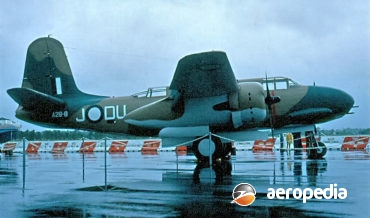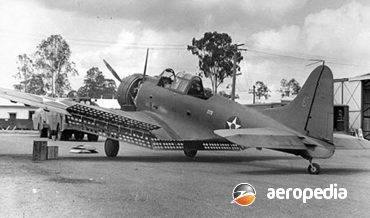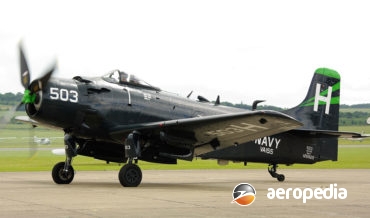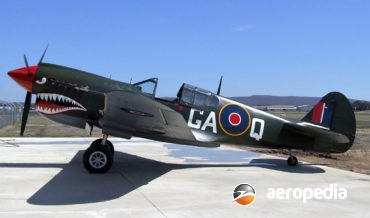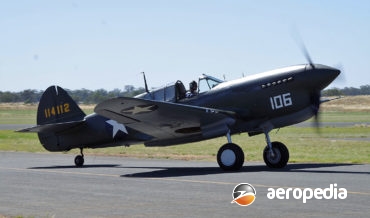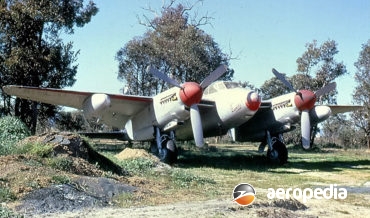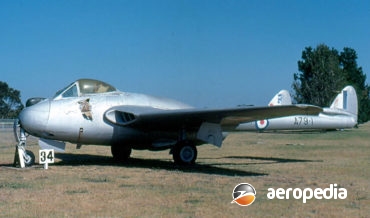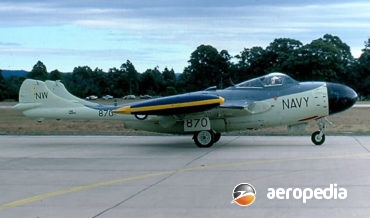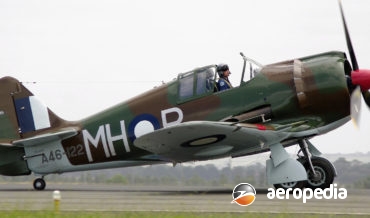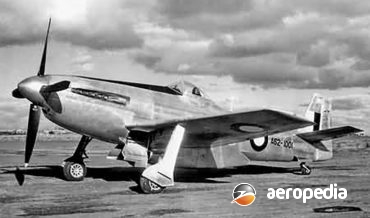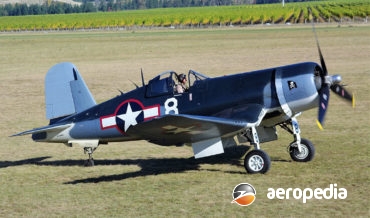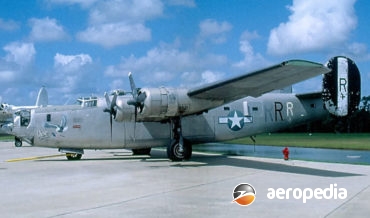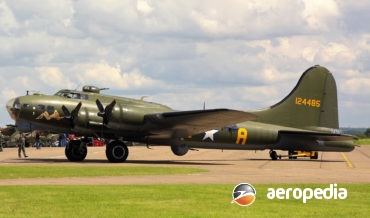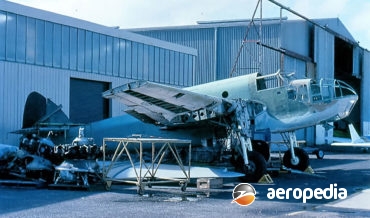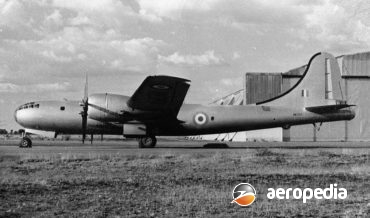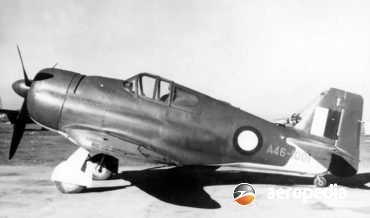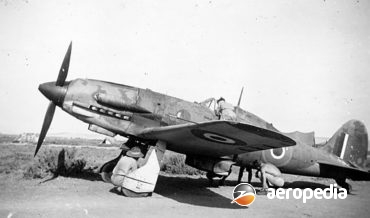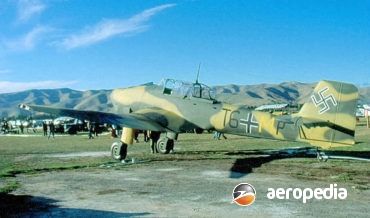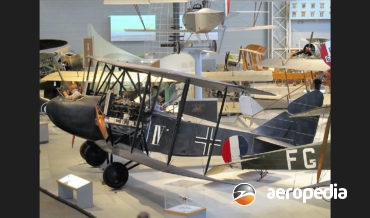All Contents
Contents
In 1936 the El Segundo Division of the Douglas Aircraft Company designed a new attack bomber known as the Model 7A.
David C. Eyre
- May 19, 2019
The Barracuda was one of a number of designs put forward to meet specification S.24/37 in January 1938 for a long-range torpedo bomber.
David C. Eyre
- May 19, 2019
The Fairey Gordon was a development of the Fairey IIIF, and in fact was originally known as the IIF Mk V, but had the Armstrong Siddeley Panther engine in lieu of the Napier Lion.
David C. Eyre
- May 19, 2019
The A-24 series was designed as a dive-bomber variant of the Dauntless but did not achieve the fame of that aircraft and, after a number of not particularly successful operations, was relegated to the training and support roles.
David C. Eyre
- May 19, 2019
Design of the A-26 Invader (renamed B-26 in 1948) is attributed to a team led by Ed Heinemann at the Douglas Aircraft Company’s El Segundo plant, the prototype flying for the first time on 10 July 1942.
David C. Eyre
- May 19, 2019
The Douglas XBT2D-1 was designed in the early 1940s and was first flown in prototype form (BuAer 09086) on 18 March 1945 by LaVerne Brown, the type entering service as the AD-1 in 1946 and commenced service in the Korean War with the US Navy and US Marine Corps.
David C. Eyre
- May 19, 2019
The P-40 series of fighter aircraft commenced with the XP-40 prototype and developed through the P-40C Tomahawk, which was used by the RAAF in the Middle-East campaign, and ultimately to the Kittyhawk.
David C. Eyre
- May 19, 2019
In an attempt to increase the high-altitude performance of the P-40E Kittyhawk, Curtiss undertook the redesign of the aircraft to take a British-built Rolls Royce Merlin 28 engine with a single-stage, two-speed supercharger, and this was installed in a P-40D airframe and flown for the first time as the XP-40F
David C. Eyre
- May 19, 2019
n 1938 Curtiss Wright was developing a new dive bomber for the US Navy known as the SB2C (scout bomber, 2nd type, Curtiss), and it eventually became known as the Helldiver in November 1941.
David C. Eyre
- May 19, 2019
The Mosquito was probably the most versatile aircraft of World War II, being used in all roles from fighter, night fighter, long-range bomber, pathfinder, to photo-reconnaissance etc.
David C. Eyre
- May 19, 2019
The DH.100 Vampire was built as a single-seat, jet-propelled, interceptor and the prototype (LZ548/G) was flown for the first time on 20 September 1943 powered by a de Havilland Goblin turbojet.
David C. Eyre
- May 19, 2019
The prototype of the Venom series (VV612) was flown for the first time on 2 September 1949, and subsequently it was built in two main variants, the FB Mk 1 and the FB Mk 4, some 383 and 150 examples of each model respectively being built for the RAF.
David C. Eyre
- May 19, 2019
Flight testing conducted in 1947 with a de Havilland Vampire powered by a Ghost engine in place of the Goblin led to design refinements by de Havilland.
David C. Eyre
- May 19, 2019
In the 1920s Curtiss developed a series of biplane fighters, variants of which were built as civil aircraft, including the Conqueror Mailplane, D-12 Mailplane, and the Lindbergh Special built specially for Charles Lindberg.
David C. Eyre
- May 19, 2019
The suddenness of the Japanese onslaught at the beginning of the war in the Pacific, the speed at which Japanese forces moved, and the possibility of fighter aircraft not being available from overseas sources, led to the decision to design and build a fighter aircraft as soon as possible to
David C. Eyre
- May 19, 2019
The CA-15 was the second single-seat fighter designed and built in Australia for service in the Pacific Theatre of Operations, the Boomerang being the first.
David C. Eyre
- May 19, 2019
In June 1940 the Australian War Cabinet voted money for the development of an aeroplane for the RAAF which was capable of dive-bombing, torpedo carrying, general bombing and reconnaissance duties.
David C. Eyre
- May 19, 2019
Acknowledged to be the finest shipboard fighter of World War II, the Corsair was superior in many respects to the Mustang below 6,096 m (20,000 ft), and, although it was designed for shipboard operation, the type was probably operated more frequently from land bases during the war.
David C. Eyre
- May 19, 2019
Although not as famous as the Boeing B-17 Fortress, the Liberator was built in substantially greater numbers and operated on more operational fronts and in a greater variety of variants (15 major) than any other allied or enemy bomber.
David C. Eyre
- May 19, 2019
One of the most famous bombers of all time, the B-17 Fortress (Boeing Model 299) was built in large numbers at a number of plants for the USAAF and saw widespread service throughout World War II in all theatres of operation.
David C. Eyre
- May 19, 2019
Although flown for the first time in prototype YB-52 form on 15 April 1952, and entering service with the 93rd Bomb Wing of Strategic Air Command at Castle Air Force Base in California in June 1952, the B-52, albeit in much modified form, remains in service with the USAF, and
David C. Eyre
- May 19, 2019
In 1916 Breguet began the design of the Bre.14 series, the type entering production in March 1917 and continued to be produced in a variety of models up to 1928.
David C. Eyre
- May 19, 2019
In 1935 the British Air Ministry issued specifications for a torpedo bomber and general-reconnaissance/bomber and this led to the Bristol Beaufort, an initial contract for 78 aircraft being placed in August 1936, the prototype flying for the first time on 15 October 1938.
David C. Eyre
- May 19, 2019
The Blenheim was built in large numbers for the Royal Air Force and bore the brunt of operations in France at the beginning of the war with the British Expeditionary Force until the French capitulation.
David C. Eyre
- May 19, 2019
The Type 130 was designed by the Bristol Aeroplane Co Ltd to meet Air Ministry specification C.26/31 as a replacement for the Vickers Valentia and to meet a requirement of the RAF for a bomber able to carry 907 kw (2,000 lb) of bombs and having a crew of four;
David C. Eyre
- May 19, 2019
The Baffin was designed by Major F A Bumpus to meet a Royal Navy Fleet Air Arm requirement, and was built by the Blackburn Aircraft & Motor Co Ltd of Brough, in Yorkshire to succeed the company’s Ripon as the standard torpedo bomber with the FAA for operation from that
David C. Eyre
- May 19, 2019
The first aircraft to deliver a nuclear weapon in anger, the B-29 Superfortress has been credited by some with bringing the Pacific War to an end following the dropping of nuclear devices on the Japanese cities, Hiroshima and Nagasaki, these following the onslaught on Japanese cities in 1944 by USAF
David C. Eyre
- May 19, 2019
In an attempt to increase the performance of the indigenous Boomerang fighter, consideration was given to the increase in the power of the engine installed and to this end, as the Twin Wasp engine then fitted was not supercharged sufficiently to permit adequate high-altitude operations, it was decided to obtain
David C. Eyre
- May 17, 2019
The C.202 Folgore (Lightning) was first encountered by allied forces over Sicily in 1941 and was found to be the Regia Aeronautica’s (Italian Air Force) first fighter aircraft able to cope with allied fighter aircraft and was reported to retain the beautiful control co-ordination and superlative manoeuvrability which had characterised
David C. Eyre
- May 8, 2019
Photograph: Macchi C.205V MM9377 whilst with No 3 Squadron RAAF in North Africa (Author’s collection) Country of origin: Italy Description: Single-seat fighter and fighter bomber Power Plant: One 1,100 kw (1,475 hp) Fiat RA.1050 RC58 Tifone 12-cylinder VEE liquid-cooled engine Specifications: Wingspan: 10.58 m (34 ft 8½ in) Length: 8.85
David C. Eyre
- May 8, 2019
Designed and built by Junkers Flugzeug Und Motorenwerke A-G, the Ju 87, known as the Stuka was perhaps the most famous dive-bomber of World War II.
David C. Eyre
- May 8, 2019
The RT-1 Kangaroo [Reconnaissance Torpedo Type 1] was a long-range bomber designed close to the end of World War I, some 20 examples being produced, the majority of these being based in North Yorkshire and flown with some success on anti-submarine patrols.
David C. Eyre
- May 8, 2019
The G.IV was designed and developed by Allgemeine Elektrizitats Gessellschaft [AEG] at a similar time to the Friedrichshafen and Gotha bombers and used the same engines but had a performance inferior to those aircraft
David C. Eyre
- May 8, 2019
Recent Comments
Archives
Categories
- No categories
Categories
- No categories
Latest Posts
Newsletter

